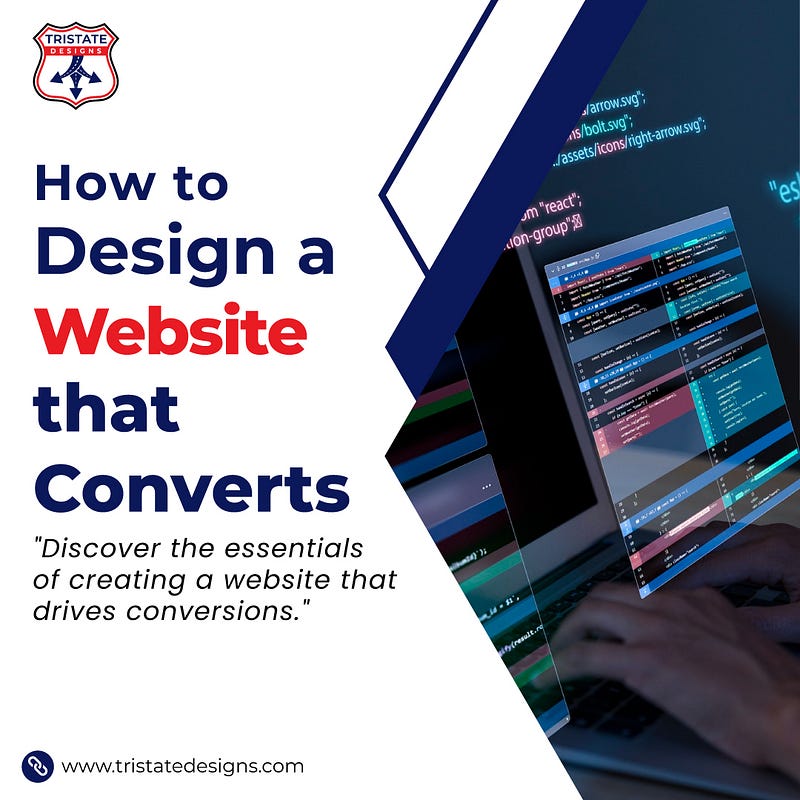In today’s digital landscape, where smartphones and tablets dominate how users access information,...
How to Design a Website that Converts

Creating a website that not only attracts visitors but also drives conversions is a key goal for any business. A conversion-focused website can turn casual visitors into loyal customers. Here are the essential steps to design a website that converts:
1. Understand Your Audience
The first step in designing a high-converting website is to understand your target audience. Conduct market research to gather insights about their preferences, needs, and pain points. This knowledge will guide your design decisions and ensure that your website resonates with your visitors.
2. Clear and Compelling Value Proposition
Your website should immediately communicate the value you offer. Craft a clear and compelling value proposition that highlights the benefits of your products or services. Place this prominently on your homepage to grab visitors’ attention and encourage them to explore further.
3. User-Friendly Design and Navigation
A user-friendly design is crucial for keeping visitors engaged. Ensure your website has a clean, intuitive layout with easy navigation. Use clear headings, bullet points, and white space to make your content easily digestible. Simplify the user journey by making it easy for visitors to find what they’re looking for.
4. Strong Call-to-Actions (CTAs)
Effective call-to-actions (CTAs) are vital for driving conversions. Use persuasive language and make your CTAs stand out with contrasting colors and strategic placement. Ensure that each page has a clear next step for the visitor, whether it’s signing up for a newsletter, making a purchase, or contacting you.
5. Trust-Building Elements
Build trust with your visitors by incorporating trust-building elements such as customer testimonials, reviews, and case studies. Displaying security badges and certifications can also reassure visitors about the safety and reliability of your site.
6. Mobile Optimization
With a significant portion of web traffic coming from mobile devices, it’s essential to optimize your website for mobile users. Ensure that your site is responsive and provides a seamless experience across all devices. A mobile-friendly design can significantly boost your conversion rates.
7. Fast Load Times
Website speed is a critical factor in user experience and conversions. Ensure your website loads quickly by optimizing images, leveraging browser caching, and minimizing code. A fast-loading website reduces bounce rates and keeps visitors engaged.
In conclusion, designing a website that converts requires a strategic approach focused on understanding your audience, delivering clear value, ensuring user-friendliness, and building trust. By implementing these essential steps, you can create a website that not only attracts visitors but also drives meaningful conversions.
For more tips on designing high-converting websites, visit TriState Designs.


